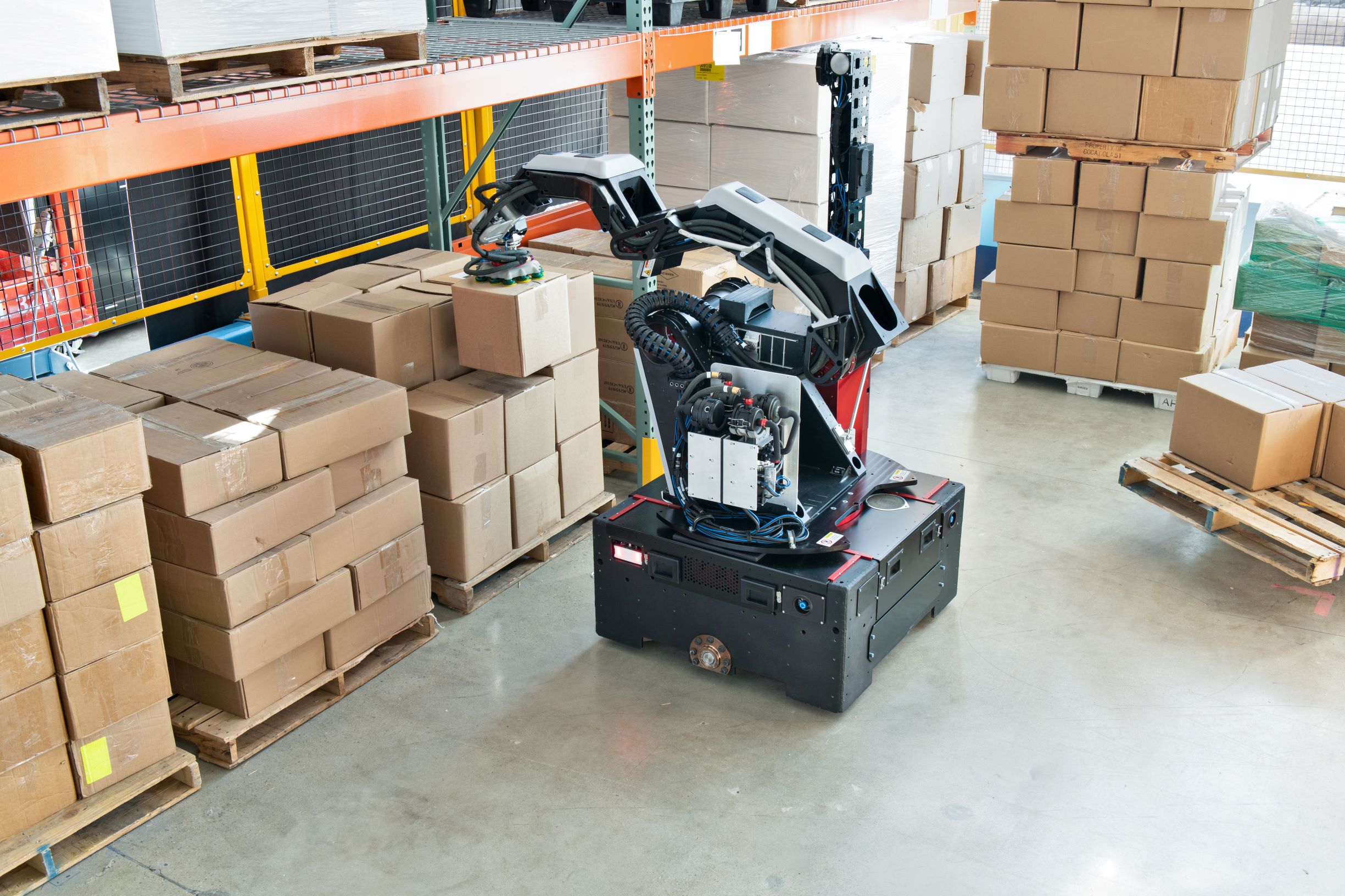
Industrial material handling robots: a revolution in warehouse automation
In today's rapidly changing industrial landscape, the demand for efficient materials handling solutions has never been greater. Industrial material handling robots, including automated material handling systems, robotic palletizers, and automated storage and retrieval systems (AS/RS), are at the forefront of warehouse automation, transforming logistics operations and streamlining supply chain processes. In this article, we explore the capabilities and applications of these advanced robotic systems to improve efficiency, productivity, and flexibility in industrial environments.
1. Automated material handling systems:
Automated material handling systems cover a wide range of robotic technologies designed to automate various tasks associated with the transportation, sorting and distribution of materials in warehouses and distribution centers. Key components and applications include:
- Conveyor Systems: Automated conveyor systems use motorized belts, rollers, or chains to transport goods between different areas of the warehouse, facilitating efficient material movement and order fulfillment.
- Automated Guided Vehicles (AGV): AGVs are autonomous mobile robots equipped with navigation systems, sensors and on-board controls to transport materials or products along predetermined routes within a plant.
- Robotic Pick and Placement Systems: Robotic Pick and Placement Systems use robotic arms equipped with grippers or suction cups to pick, manipulate, and place products onto conveyor belts, pallets, or storage racks, providing high-speed sorting and fulfilling orders.
2. Robotic palletizers:
Robotic palletizers are specialized robots designed to automate the process of palletizing, or placing goods on pallets for storage, transportation or shipping. These robots provide flexibility, speed and precision in palletizing operations, allowing businesses to optimize warehouse layouts and streamline material handling workflows. Key features and benefits include:
- High Productivity: Robotic palletizers can palletize a wide range of products, including boxes, pouches and cartons, at high speeds, increasing throughput and operational efficiency.
- Flexibility: With programmable end tools and grippers, robotic palletizers can handle products of varying sizes, shapes, and weights to meet a variety of packaging requirements and SKU configurations.
- Optimize Space: Compact robotic palletizing systems require minimal floor space compared to traditional palletizing equipment, allowing businesses to maximize warehouse capacity and operational efficiency.
3. Automated information storage and retrieval systems (AS/RS):
Automated storage and retrieval systems (AS/RS) are robotic systems designed to automate the storage, retrieval and movement of goods in warehouses and distribution centers. These systems typically consist of racking structures, robotic shuttles or cranes, and computerized control systems for efficient storage and retrieval of loads. Key features and benefits include:
- Using Vertical Space: AS/RS systems make efficient use of vertical storage space by stacking merchandise on tall racks or shelving structures and using automatic cranes or shuttles to retrieve merchandise as needed.
- Inventory Management: AS/RS systems integrate with warehouse management systems (WMS) to provide real-time inventory tracking, inventory visibility and order fulfillment, improve inventory accuracy, and reduce inventory or overstocking.{60 }
- Labor Savings: By automating storage and retrieval tasks, AS/RS systems reduce the need for manual labor and human intervention in warehouse operations, minimizing labor costs and increasing workplace safety.
Conclusion:
Industrial robots for materials handling, including automated material handling systems, robotic palletizers and AS/RS systems, are revolutionizing warehouse automation and logistics, enabling businesses to increase efficiency, productivity and competitiveness in today's dynamic market conditions. Using advanced robotic technology and automation solutions, companies can streamline material handling processes, streamline warehouse operations, and adapt flexibly and accurately to changing customer demands. As demand for efficient and flexible warehouse automation continues to grow, industrial robotic arms will play an increasingly important role in shaping the future of logistics and supply chain management.






